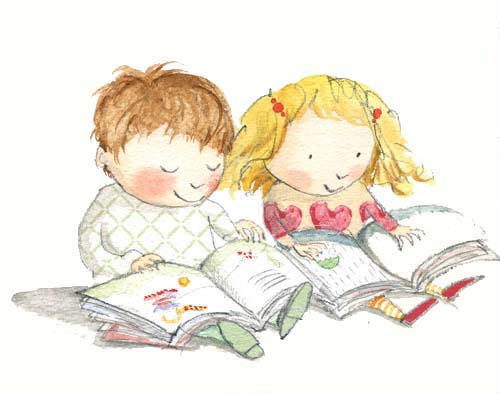 Puppets are children's toys that have been
used for generations to make up stories and create situations. Children usually like these kind of toys as
they can become the writer of their own stories. In addition, puppets are not
just something fun to spend a good time with, but also an educational resource.
Puppets are children's toys that have been
used for generations to make up stories and create situations. Children usually like these kind of toys as
they can become the writer of their own stories. In addition, puppets are not
just something fun to spend a good time with, but also an educational resource.
Playing with this toy has many benefits:
- It develops creativity and imagination: children can use
them to create their own stories and situations. They are the ones who decide
what puppets do or tell, making their imagination fly away.
- It promotes empathy: children have to get into the
characters and help them throughout the story. This helps children to be in
someone else’s shoe and value the feelings that certain actions can produce.
- It increases the capacity of attention: puppets foster children's
concentration as they have to focus on the creation of their characters and stories.
Also, if they are watching a puppet play, they have to concentrate in the story
in order to understand what’s happening.
- It develops motor coordination skills: children have to
coordinate the movement of their arms with the dialogue in order to give life
to the character.
- It provides education in values: traditional tales that
are represented by puppets talk about values such as tolerance, generosity or
kindness. They usually send a positive message to children.
- It helps learn through play: without taking notice
children expand their vocabulary and work their logic and memory skills. Furthermore,
puppets or puppets plays stimulate the child's understanding as they have to
interact with the characters.
 - It provides verbal communication: children establish a
relationship between themselves and the character they are representing through
the dialogue.
- It provides verbal communication: children establish a
relationship between themselves and the character they are representing through
the dialogue.
- It fosters learn to share materials and wait for their
turn: in puppets plays, each character has a moment to stage their dialogue;
therefore children must learn to wait their turn in order to dramatize.











